This is a question about the signaling direction of the unidirectional USB 3.1 Super Speed Signals known as RX+/RX- and TX+/TX-.
Context: Imagine you have a standard USB-C cable, and a phone. On one end of the cable is a USB-C plug that plugs into the USB-C receptacle on the phone.
If I look into the cable plug connection, I see this pinout:
If I look into the phone receptacle connection, I see this pinout:
However, I'm having difficulty figuring out the directionality of the Super Speed Signals at the system level. Since "RX" and "TX" are relative terms (one device's TX is another device's RX), you need a frame of reference when defining the signals as inputs or outputs.
Question: What is the standard naming frame of reference for USB 3.1 RX/TX Super Speed Signals? Are the TX+/TX- signals outputs from the cable and inputs to the phone, or is it the other way around? Does anyone know where this is called out in the USB 3.1 standards?

